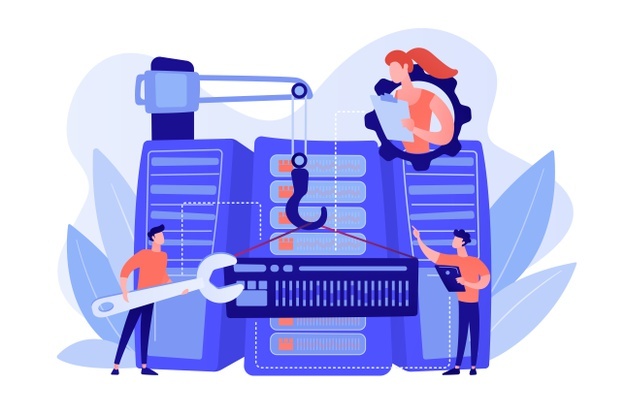It is almost impossible to build a completely safe product or one that will never fail. When there is a failure of the product SAFE EXIT should be provided.
Safe exit is to assure that
i) when a product fails, it will fail safely,
ii) that the product can be abandoned safely and iii) that the user can safely escape the product.
More than the questions of who will build, install, maintain and pay for a safe exit, the most important question is who will recognize the need for a safe exit. This responsibility should be an integral part of the experimental procedure.
Some examples of providing ‘SAFE EXIT’:
• Ships need lifeboats with sufficient spaces for all passengers and crew members.
• Buildings need usable fire escapes
• Operation of nuclear power plants calls for realistic means of evacuating nearb y communities
• Provisions are needed for safe disposal of dangerous materials and products.
Colleagiality & Its Elements
‘Collegiality is a kind of connectedness grounded in respect for professional expertise and in a commitment to the goals and values of the profession and as such, collegiality includes a
Disposition to support and co-operate with one’s colleagues’.
– Craig Ihara
The central elements of collegiality are respect, commitment, connectedness and co- operation.
Respect: Acknowledge the worth of other engineers engaged in producing socially useful and safe products.
Commitment: Share a devotion to the moral ideals inherent in the practice of engineering. Connectedness: Aware of being part of a co-operative undertaking created by shared commitments and expertise.
Collegiality, like most virtues, can be misused and distorted.
It should not be reduced to ‘group interest’ but should be a shared devotion for public good.
It is not defaming colleagues, but it does not close the eyes to unethical practices of the co-professionals, either.

